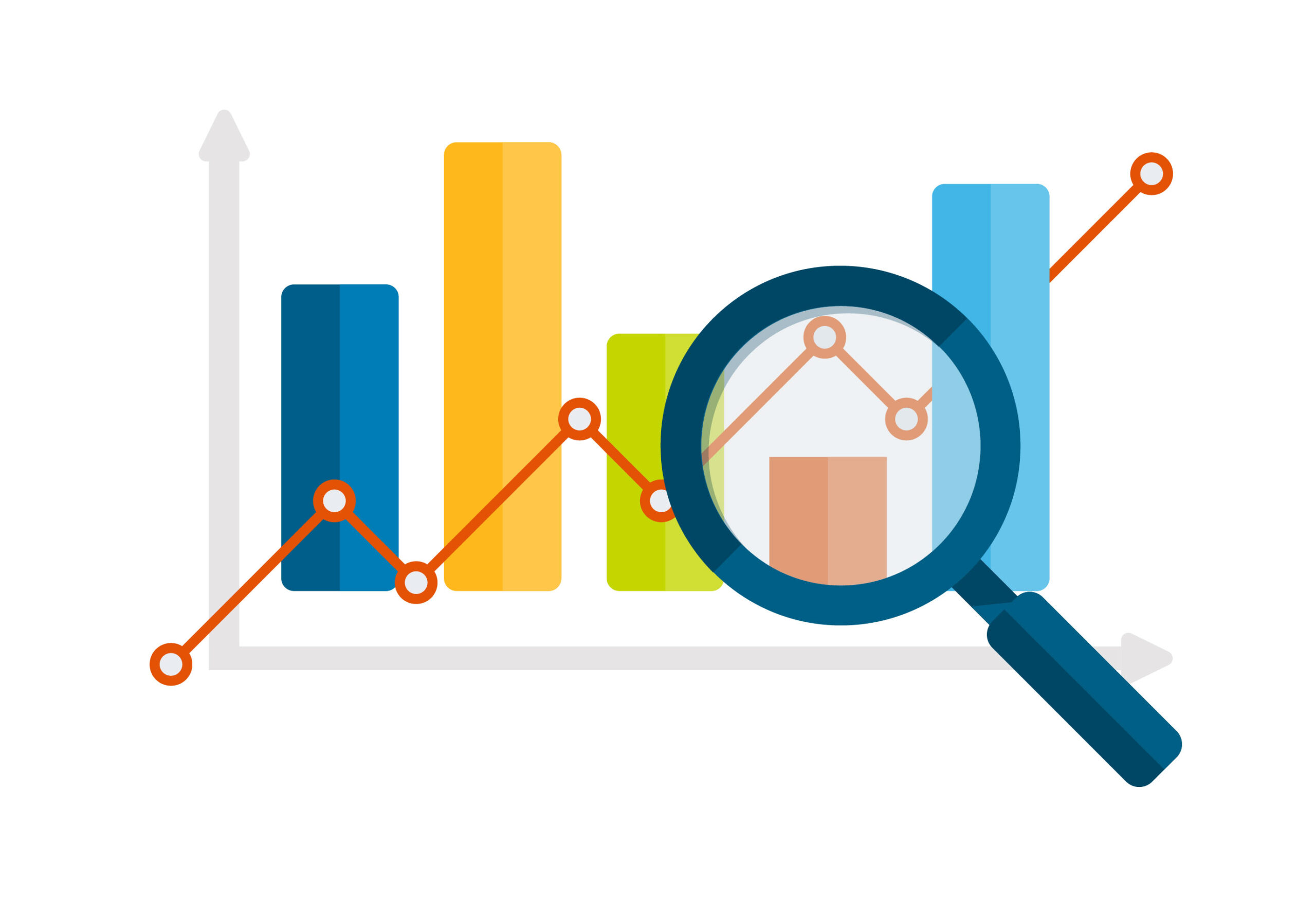Understanding user behavior and preferences is paramount. It’s the key to creating products that meet and exceed customer expectations. This is where data analytics comes into play, serving as the cornerstone of digital product analytics. In this article, we’ll delve deep into the realm of data analytics, exploring its significance, methodologies, and its indispensable role in shaping digital products.
What is Data Analytics?
Data analytics, often called analytics, is the process of analyzing raw data to uncover meaningful insights and trends. It involves applying various statistical and mathematical techniques to large datasets to extract valuable information. These insights can then be used to make informed decisions, optimize processes, and drive business growth.
In digital product analytics, data analytics plays a pivotal role in understanding user behavior, preferences, and interactions with the product. Product teams can gain invaluable insights into how users engage with their digital products by analyzing user data, such as clicks, page views, session duration, and demographic information.
The Significance of Data Analytics in Digital Product Analytics
In today’s digital landscape, where competition is fierce and user expectations are constantly evolving, data analytics has emerged as a game-changer for businesses. By harnessing the power of data analytics, companies can gain a competitive edge by understanding their customers better and delivering personalized experiences.
One of the primary goals of digital product analytics is to improve user engagement and satisfaction. Data analytics enables product teams to track key metrics, such as user retention rates, conversion rates, and customer satisfaction scores, allowing them to identify areas for improvement and optimize the user experience.
Moreover, data analytics empowers product managers and developers to make data-driven decisions throughout the product development lifecycle. From ideation and design to testing and iteration, data analytics provides actionable insights that inform every stage of the product development process, ultimately leading to better outcomes and increased ROI.
Methodologies of Data Analytics
Data analytics encompasses a variety of methodologies and techniques, each tailored to suit different types of data and analytical objectives. Some of the most common methodologies used in data analytics include:
- Descriptive Analytics: Descriptive analytics involves summarizing historical data to understand what has happened in the past. This includes generating reports, dashboards, and visualizations to provide insights into trends, patterns, and anomalies within the data.
- Predictive Analytics: Predictive analytics utilizes statistical algorithms and machine learning techniques to forecast future outcomes based on historical data. By analyzing past behavior, predictive analytics can anticipate future trends, identify potential risks, and make proactive recommendations.
- Prescriptive Analytics: Prescriptive analytics goes a step further by predicting future outcomes and recommending actions to optimize those outcomes. It involves using advanced optimization algorithms to determine the best course of action based on the predicted outcomes and business objectives.
- Diagnostic Analytics: Diagnostic analytics identifies the root causes of past events or outcomes. By analyzing historical data in detail, diagnostic analytics helps uncover the factors contributing to specific outcomes, enabling organizations to learn from past mistakes and improve future performance.
The Role of Data Analytics in Shaping Digital Products
In digital product analytics, data analytics serves as the foundation upon which actionable insights are built. By collecting, analyzing, and interpreting user data, product teams can comprehensively understand their target audience and tailor their products to meet their needs and preferences.
Data analytics enables product teams to answer crucial questions such as:
- Who are our users, and what are their demographics?
- How do users interact with our product?
- What features do users find most valuable?
- Where are users encountering obstacles or friction within the product?
- How can we optimize the user experience to drive engagement and retention?
By answering these questions, data analytics empowers product teams to make informed decisions that drive product innovation and enhance user satisfaction.
Leveraging Data Analytics for Digital Product Success
Understanding user behavior and preferences is essential for success in the increasingly competitive landscape of digital products. Data analytics provides the tools and insights necessary to unlock the full potential of digital products, enabling organizations to deliver exceptional user experiences and drive business growth.
From descriptive analytics that reveal historical trends to predictive and prescriptive analytics that forecast future outcomes and recommend actions, data analytics offers many possibilities for digital product analytics. By leveraging the power of data analytics, product teams can gain a competitive edge, optimize the user experience, and ultimately achieve digital product success.
In the ever-evolving world of digital products, one thing is clear: Data analytics isn’t just a buzzword—it’s the key to unlocking actionable insights and driving meaningful outcomes. Embracing data analytics is not just a choice; it’s necessary for organizations looking to thrive in today’s data-driven landscape. So, embrace the power of data analytics and unlock the full potential of your digital products today.


